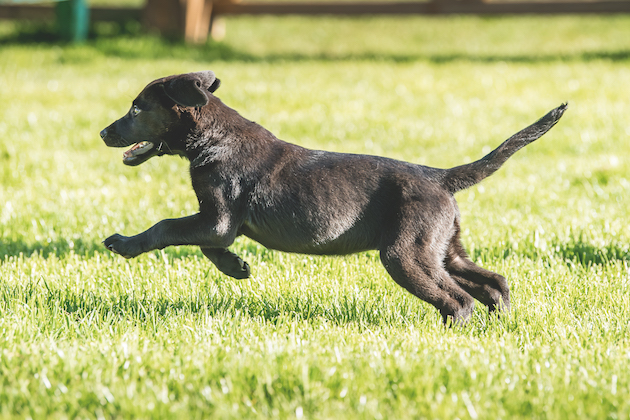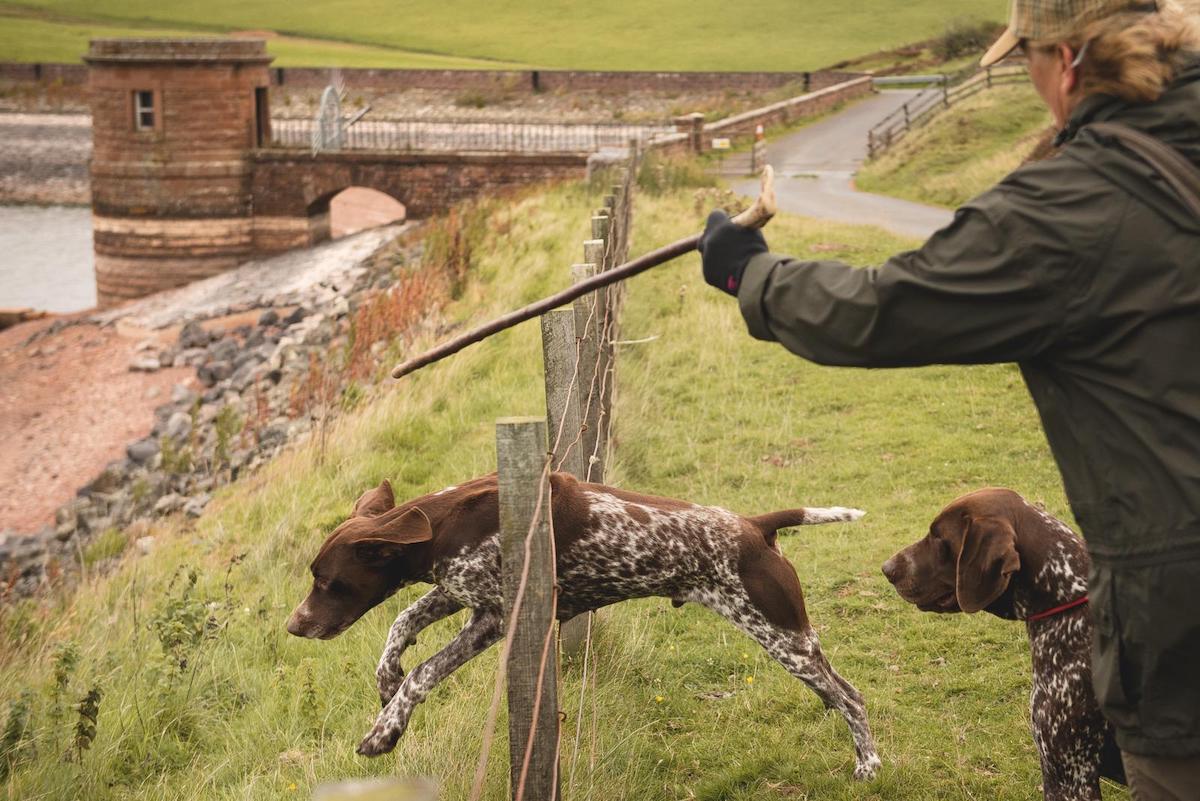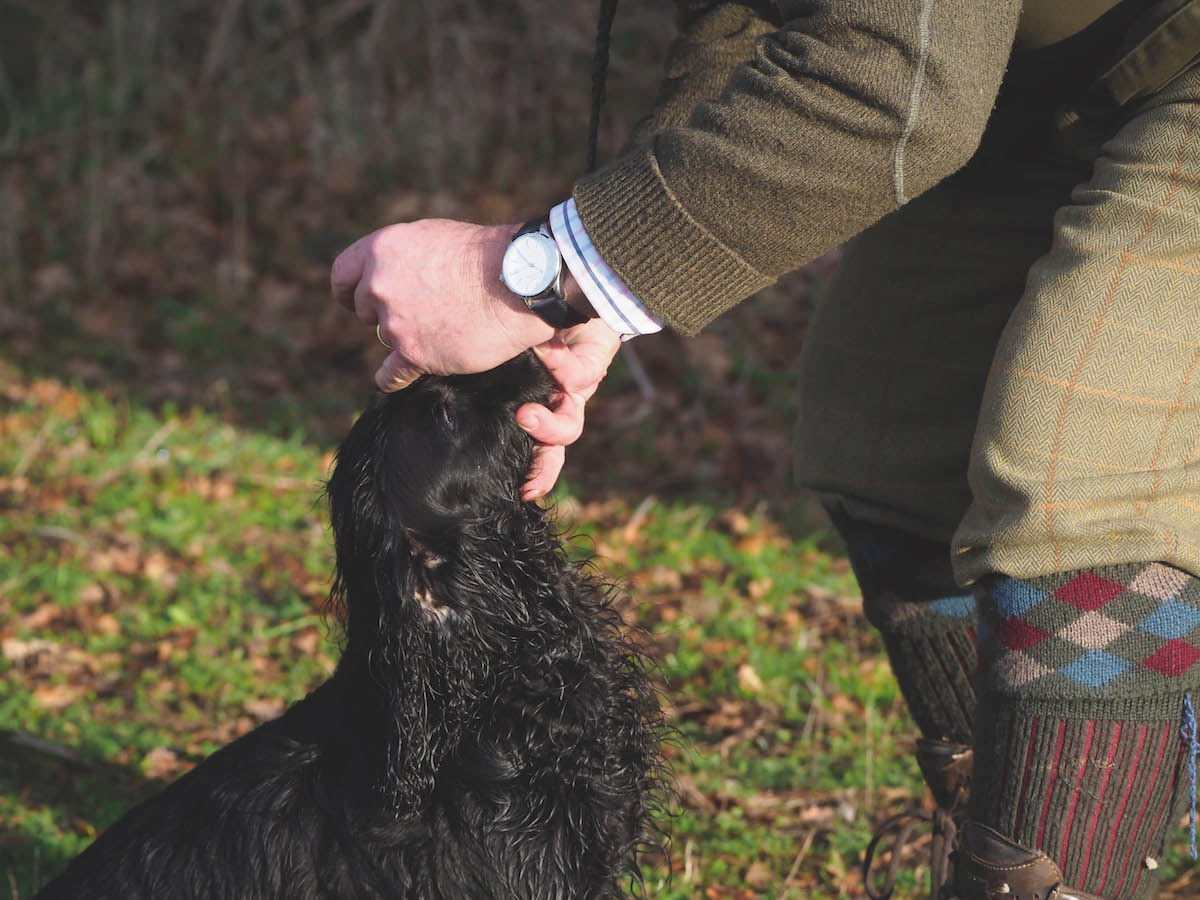The risks of over-exercising a puppy
Take it gently

Take it gently when exercising a young dog
Q: We have recently acquired a new puppy. Both parents were hip and elbow tested and found to be clear and I’ve been told by the breeder to be careful about over-exercising a puppy while he is young because it could damage his joints. I want to start training this dog, but how much exercise would you advise?
Avoid over-exercising a puppy
The breeder has given you some sound advice. Puppies need far less exercise than fully grown dogs. If you over-exercise a growing puppy, you run the risk of causing significant long-term harm.
Until a dog is fully developed, sometime around 18 to 24 months of age depending on the breed, his bones will still be growing. Long bones in particular have discrete areas, one at each end, from where they continue to grow (called “growth plates”) and accidental trauma to these plates can damage them, cause them to fuse early and subsequently distort growth.
Early strenuous exercise can also predispose to early arthritic changes, thereby negating the advantage of acquiring a puppy born of health-tested parents, since these early inflammatory changes in his joints can contribute towards hip and elbow lameness.
The important point here is that we want to avoid over-exercising a puppy, which need not necessarily delay or preclude training. What you need to ensure is that the duration and extent of any training is determined by his exercise tolerance and only extended as he grows, develops and matures.
When you first acquire a puppy, the exercise it gets while playing and running around with you in the house, plus visits outside for the toilet, will be adequate. Thereafter a good rule of thumb is a ratio of five minutes of exercise per month of age (up to twice a day) until the puppy is fully grown. That is, 15 minutes (up to twice a day) when three months old, 20 minutes when four months old and so on.
From six months, your puppy can have 20 minutes free running and half an hour walking on the lead daily. Typically, when dogs are 18 months old they are able to endure as much exercise as you can safely provide without tiring them.








